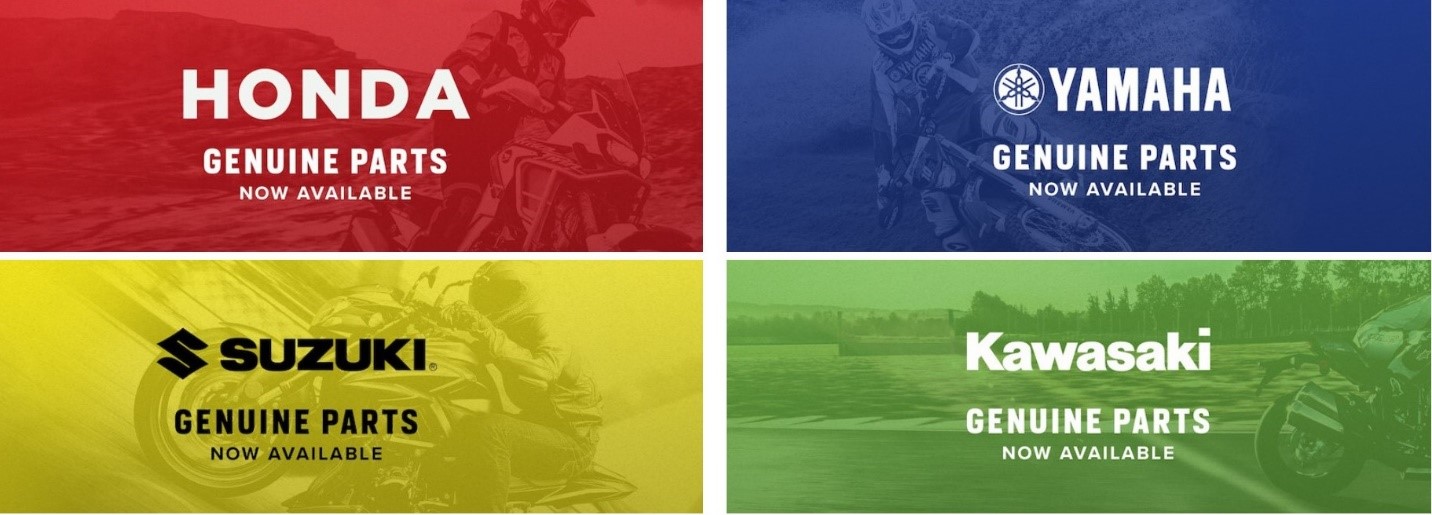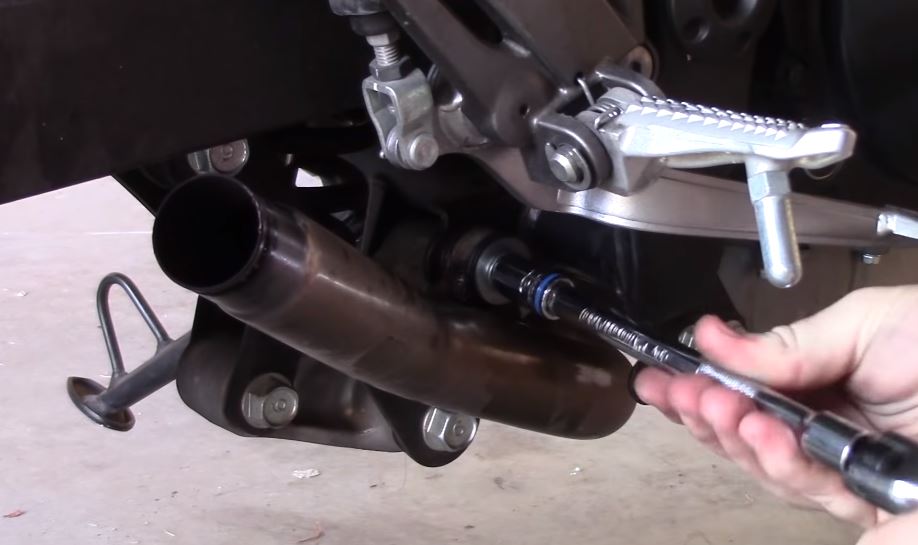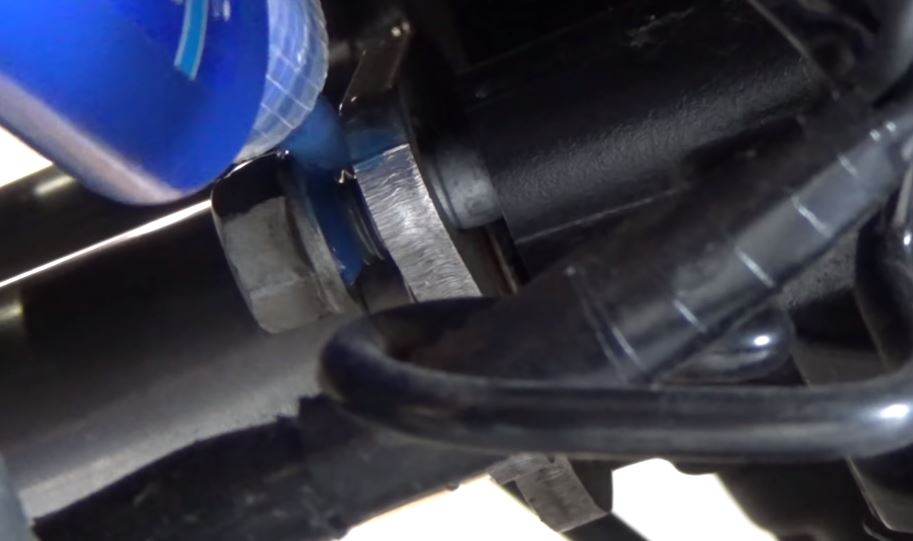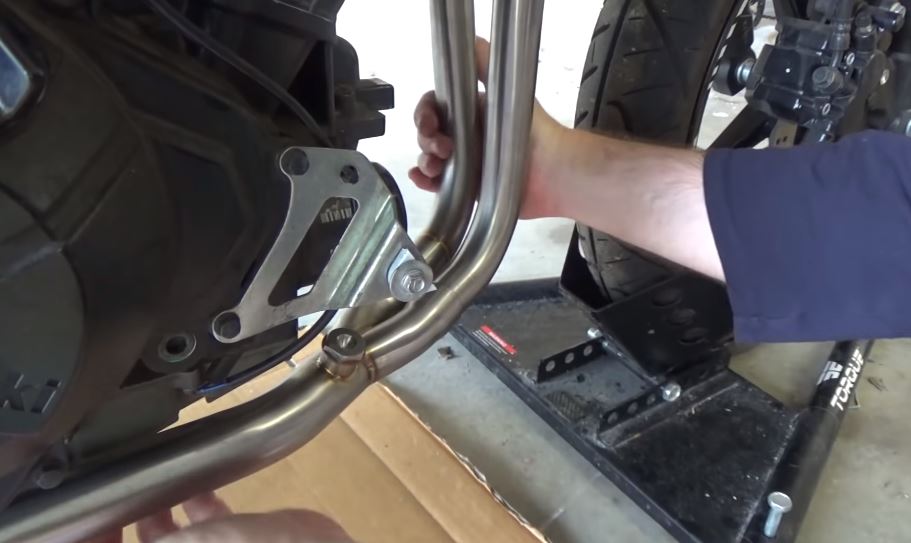The open road beckons, and the thrill of two-wheeled freedom awaits, but the performance and reliability of your motorcycle largely depend on the quality and characteristics of its individual parts. Inevitably, there will come a time when you need to consider replacing these parts.
Now, you could hand it over to your local repair shop and let them do their thing, but not all parts are created equal. There are also instances when you might want to take on the repairs yourself (not exactly my forte, personally), and so understanding the intricacies of these components adds an extra layer of cool to your riding game since each part’s production plays a pivotal role in shaping the overall riding experience.
One common category is OEM parts, which, like many of us, can be confusing, especially when you throw in terms like aftermarket parts. Each option holds its own appeal. But for today, allow me to focus on the pros and cons of OEM motorcycle parts, aiming to shed light on the choices that define the character of your ride, whether you’re a gearhead looking to fine-tune your bike for peak performance or a laid-back rider wanting to crack the code of motorcycle essentials.

What Are OEM Motorcycle Parts?
OEM, an abbreviation for Original Equipment Manufacturer, parts—commonly referred to as genuine or factory parts—are produced to precise specifications and tolerances by the same company that manufactured your motorcycle, ensuring a guaranteed fit when you order the appropriate spare part. In contrast, aftermarket parts are manufactured by third-party companies using the designs of OEM parts.
Here’s a quick comparison of OEM and aftermarket motorcycle parts:
| Criteria | OEM Parts | Aftermarket Parts |
| Lifespan | ✓ | ✗ |
| Compatibility | ✓ | ✗ |
| Availability | ✗ | ✓ |
| Cost | ✗ | ✓ |
| Warranty | ✓ | ✗ |
| Options | ✗ | ✓ |
Pros and Cons of OEM Motorcycle Parts

While OEM parts provide a sense of assurance, they come with a higher price tag and potential limitations on customization. Here’s an in-depth look at the pros and cons associated with choosing OEM motorcycle parts:
9 Pros of OEM Parts
These are the 9 main benefits:
1. Warranty Support
OEM motorcycle parts are accompanied by a warranty, offering a substantial advantage that justifies their higher cost. This warranty often covers not only the parts but also associated labor within a specified period.
For example, Honda provides a six-month warranty for genuine motorcycle parts in both Europe and North America. In contrast, aftermarket parts may lack such warranty coverage to manage costs.
2. Warranty Compliance
But there’s a caveat to the warranty advantage. To qualify for the warranty, consistent use of OEM parts is imperative. Installing aftermarket parts on your bike could potentially void the warranty, adding an additional layer of consideration for buyers.
3. Peace of Mind
Purchasing OEM motorcycle parts brings peace of mind. There’s no need to question the quality of the products, as they bear the manufacturer’s stamp of approval.
4. Simplified the Research Process

Shopping for bike parts can be time-consuming and stressful, involving the analysis and comparison of similar products from different companies. With OEM parts, this hassle is eliminated. The stamp of approval ensures compatibility and functionality, saving you from the need to spend time comparing features.
5. Enhanced Parts Availability
Some motorcycle parts are exclusively manufactured by the bike’s original maker. Aftermarket alternatives may take years to become available, as aftermarket companies need time to develop these parts. This is particularly true for new bike models.
6. Extended Availability of Parts
OEM parts remain available for sale over an extended period. Aftermarket companies often discontinue parts for old or discontinued motorcycles due to decreasing demand. Genuine parts, however, continue to be produced by manufacturers for bikes, even over 40 years old, such as the Honda Cub range, the most popular motorbike model in the world.
7. Simplified Compatibility Assurance
Compatibility is a significant concern when buying parts and accessories for your bike. With OEM parts, this concern is alleviated since the dealership has the same part on your bike, eliminating the need to question whether the part will fit.
8. Consistent Performance
Using OEM parts helps maintain the performance levels intended by the motorcycle manufacturer, ensuring reliability and optimal functioning.
9. Enhanced Resale Value
If you plan to sell your motorcycle, having OEM parts can enhance its resale value as buyers often prefer genuine components.
Cons of OEM Parts
- Higher Cost: OEM parts tend to come with a heftier price tag, often ranging from 40 to 60 percent more expensive than their aftermarket counterparts. This increased cost is primarily associated with the brand name and the approval of the motorcycle manufacturer.
- Limited Availability: Due to high demand, finding specific OEM motorcycle parts isn’t as straightforward as picking them up at a local Walmart or repair shop. Limited availability means you may need to search through specialized shops or websites like, say, RevZilla, potentially prolonging the time it takes to secure the necessary components.
- Quality Considerations: While it’s commonly assumed that OEM motorcycle parts are of superior quality, this isn’t universally true. Some brands and types of OEM parts may encounter quality issues. OEM parts are often the initial designs, whereas aftermarket alternatives can use the OEM version as a prototype to potentially develop a superior option. This doesn’t suggest poor quality for OEM parts, but it advises against assuming they are inherently superior without consideration.
When to Choose OEM Motorcycle Parts

Deciding between OEM and aftermarket parts often boils down to your priorities and budget considerations. Here are scenarios where one option may be preferred over the other:
You Have a Warranty
If your motorcycle is under warranty, using aftermarket parts could potentially impact it. Although these parts generally won’t nullify your warranty, as long as they operate correctly, any issues arising from them could result in the denial of warranty coverage for specific repairs.
On the other hand, once your warranty has expired, and the expense of an OEM part for a crucial repair exceeds your budget, exploring aftermarket options could present a more economical choice.
Longevity Matters Most
If you aim to maximize the time between part replacements and prioritize reliability, investing in OEM parts with longer lifespans could be the preferred route.
But in situations where immediate repairs are crucial, availability becomes a key factor. Aftermarket options might be more readily accessible than OEM parts, depending on the dealership’s inventory.
Want a Guaranteed Working Part
Manufacturers vary in their quality standards, and not all parts come with warranties. If the thought of a newly installed part failing within a year concerns you, opting for OEM parts, which often come with warranties, may offer peace of mind.
Where to Buy OEM Motorcycle Parts
The availability of OEM parts depends on the nature of the repairs and the type of automotive service provider you choose. Here are some options:
- Authorized Dealership Shops: OEM parts are readily available at authorized dealership shops, ensuring genuine components that adhere to the manufacturer’s specifications.
- Reputable Online Retailers: Trusted online retailers, like RevZilla, can also offer a wide range of OEM parts. Ensure the authenticity of the parts and the reliability of the online retailer.
- Independent Garages and Specialized Repair Shops: Independent garages specializing in your particular motorcycle type are likely equipped to order both OEM and aftermarket parts for your repairs.
- Insurance Claim Repairs: If your repair is part of an insurance claim, the insurer may prefer aftermarket parts for cost-saving reasons. But you retain the option to cover the difference between the insurer’s preferred aftermarket part and the cost of an OEM part for genuine components.
Depending on the nature of the job, the cost disparity between OEM and aftermarket parts may vary. When presented with the choice, always request estimates for both options to make an informed decision based on your preferences and budget constraints.
8 Tips for Buying of OEM Motorcycle Parts on Revzilla
Whether you’re armed with a specific part number or starting from scratch, Revzilla provides a comprehensive platform for your needs. Here, I’ll share valuable tips to streamline your experience and ensure a smooth purchase. Let’s dive in:
- Understanding OEM Components: Recognize that OEM parts are the original components your motorcycle came with, maintaining the machine’s intended performance. Distinguish them from aftermarket parts that may modify your bike’s performance.
- Efficient Part Number Search: When you have the OEM part number, make your purchase swift by entering it into RevZilla’s search bar. This direct approach ensures you quickly find the exact part you need.
- Utilizing “Shop by Bike” Feature: For those without the part number, leverage RevZilla’s “Shop by Bike” feature under the OEM tab. Specify your motorcycle’s year, model, and sub-model accurately for a streamlined navigation experience. This feature leads you to subsystems and fiches, providing an exploded parts diagram for precise part identification.
- Avoiding Common Pitfalls: Learn from common pitfalls through practical examples. For instance, when replacing a damaged brake lever, opt for an OEM part to avoid the hassle of dealing with mismatched levers. Pay attention to directional arrows on fiches for proper orientation.
- Consideration for Subassemblies: Be aware that certain parts, like turn signals, can be purchased as subassemblies. This simplifies the ordering process, especially when multiple components within a subsystem need replacement.
- Quantity Recommendations: Take note of recommended quantities when placing your order. This prevents potential delays caused by oversights in ordering incorrect quantities.
- Exploring Aftermarket Options: Explore aftermarket alternatives when the cost of OEM replacements, such as mufflers, seems prohibitive. Consider the economic advantages of reputable aftermarket brands, which may offer budget-friendly solutions.
- Confident Ordering Process: Armed with these tips, approach the selection of OEM and aftermarket parts on Revzilla with confidence. Whether you have the part number or not, these insights ensure a smoother purchasing experience tailored to your motorcycle’s specific needs.
When analyzing the comparison between OEM and aftermarket motorcycle parts, I’ve come to realize that it’s truly a case-by-case journey. While there are some general rules, they don’t always hold water. This distinction is notably observed in the context of exhaust systems, where OEM components often exhibit characteristics of increased bulk, reduced performance, and higher replacement costs.
Illustrating this point is the consideration of a first-gen Kawasaki H2R. The OEM exhaust system, configured as a 4–2 system, is noted for its weightiness, with one of the cans outweighing an entire alternative aftermarket system. The header pipes tend to be undersized and weighty, accompanied by a substantial cost, approximately $500 per can.
In contrast, an aftermarket system, exemplified by like, say, the Vandemon Brushed, featuring a tube wall thickness of 1.2mm [0.047 inches], a total weight of 4.7kg [10.36 pounds] (culminating in a noteworthy 12.1kg [26.68 pounds] in savings), and an elegant titanium can, presents itself as a competitive alternative. This aftermarket option is characterized by superior quality, reduced cost, a significant weight reduction, improved performance, and heightened durability without rust-related issues.
But it’s not always a victory for the aftermarket side. In examining fasteners, particularly in the context of Japanese brands such as Yamaha, Suzuki, Kawasaki, and Honda, OEM fasteners consistently outperform their aftermarket counterparts in terms of durability, corrosion resistance, and longevity. Instances of aftermarket fasteners surpassing OEM quality are infrequent. Consequently, when faced with fastener replacements, opting for slightly more expensive OEM alternatives is often a prudent choice. Trust me; it’s worth it.
After all, as I’ve learned, “Aftermarket parts are less expensive, not cheaper.“
Michael’s Summary and Conclusion
Information for this article was partially sourced and researched from the following authoritative government agencies, educational institutions, and nonprofit organizations:
M/A












